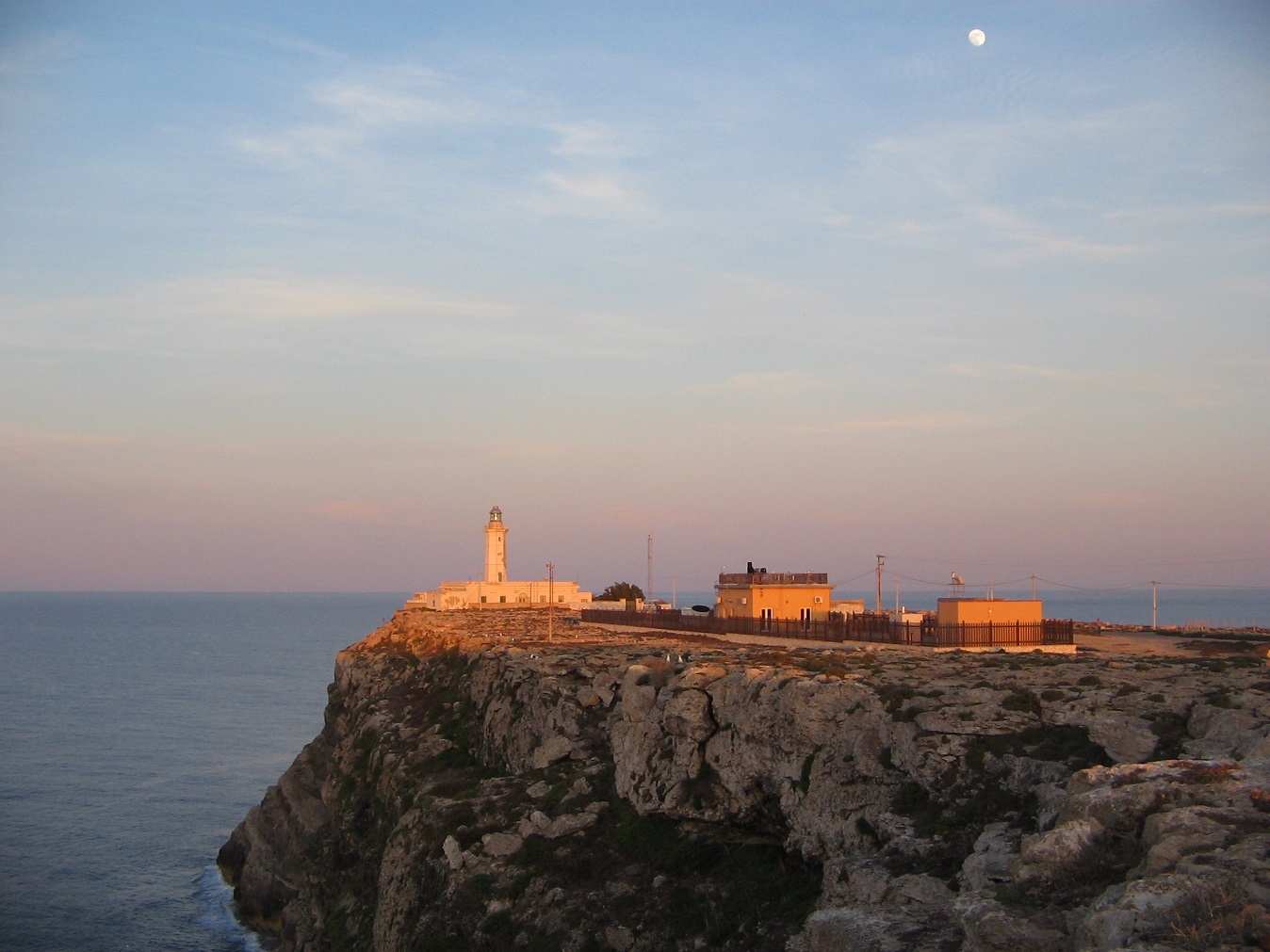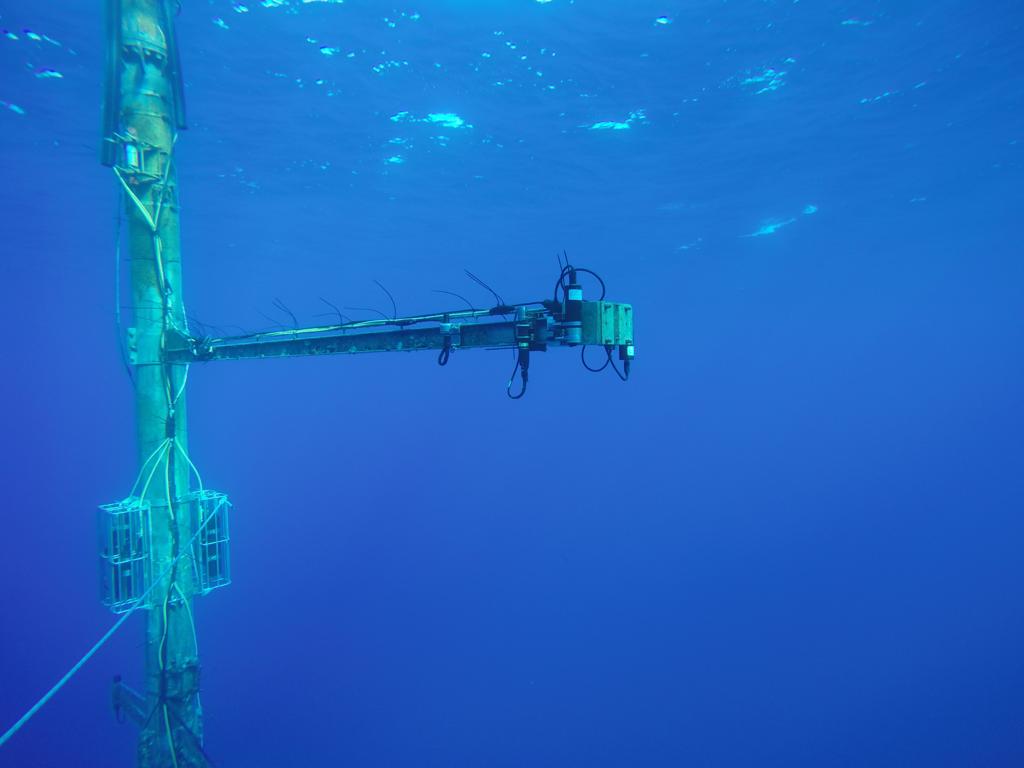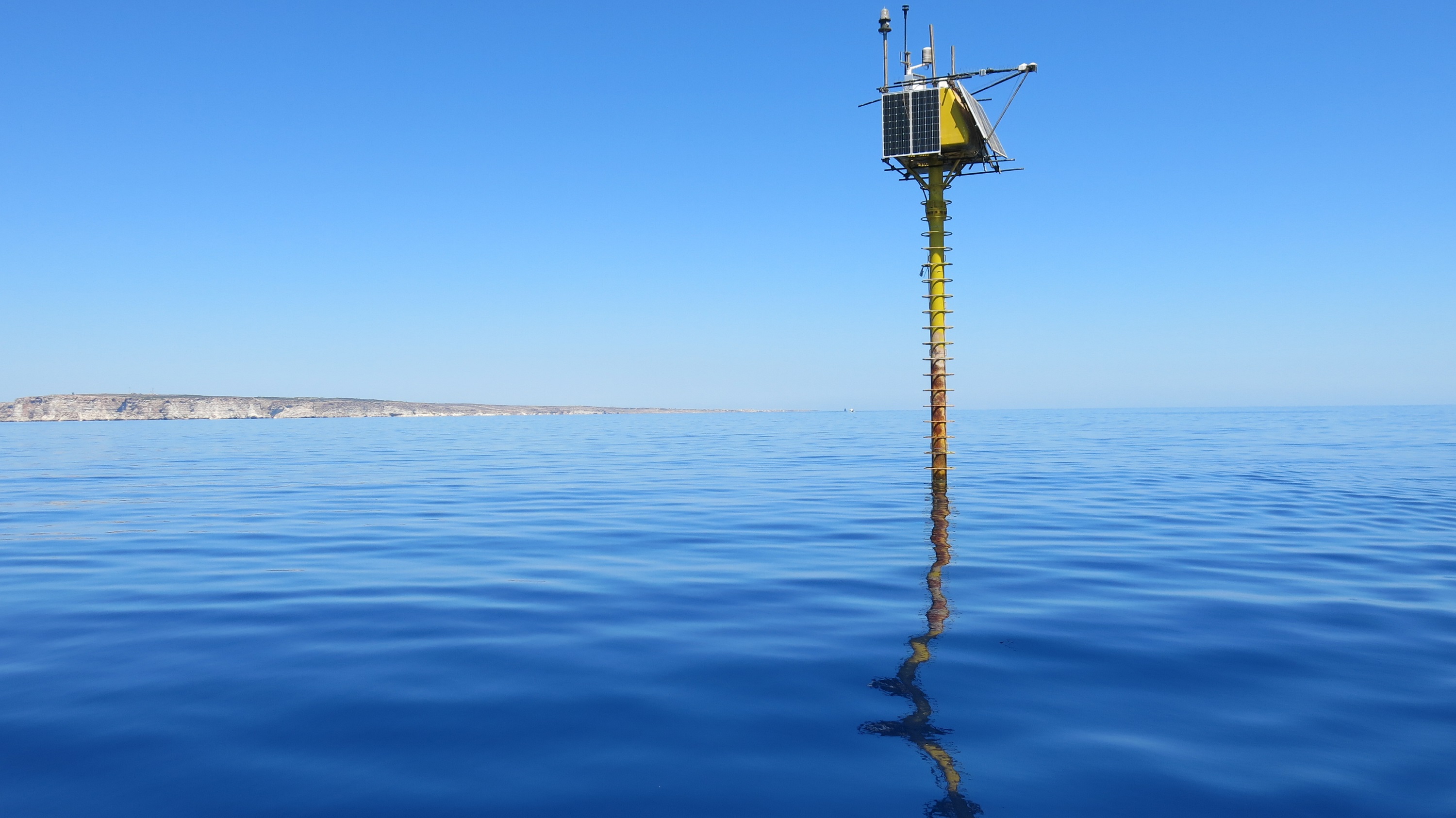
The Lampedusa atmospheric station (IT-Lmp), part of the ICOS network, recently completed the installation of marine instrumentation for measuring air-sea exchanges. The installation was carried out within the PRO-ICOS-MED project, coordinated by the National Research Council (Cnr) in collaboration with the National Agency for New Technologies, Energy and Sustainable Economic Development (ENEA) and the Council for Agricultural Research and Analysis of the Agricultural Economy (CREA). Designed to provide a complete picture of the exchanges and absorption of greenhouse gases, the Lampedusa station is the only example of an integrated observatory between the atmospheric and marine components among the whole ICOS sites network.
To collect data and information relating to environmental parameters through a single monitoring site, achieving a complete and integrated perspective of the dynamics that influence exchanges and absorptions of greenhouse gases. This is the long-term goal of the Lampedusa (IT-Lmp) station, a site located on the island of Lampedusa, in Italy, which is part of the monitoring network of ICOS (Integrated Carbon Observation System) research infrastructure. The installation was carried out within the PRO-ICOS-MED project, coordinated by the National Research Council (CNR) in collaboration with the National Agency for New Technologies, Energy and Sustainable Economic Development (ENEA) and the Council for Agricultural Research and Analysis of the Agricultural Economy (CREA) and financed with over 13 million euros by the Italian Ministry of University and Research.
The Lampedusa station is the southernmost site in Europe and now it becomes the first example in the whole network to integrate atmospheric, marine and terrestrial components. ICOS is an environmental monitoring system that incorporates over 150 stations settled in 13 European countries. Over 500 scientists are involved in operations regarding collection, processing and analysis of information coming from the various sites, located in different types of environments. The Italian network, coordinated by the Focal point Carlo Calfapietra, director of the Research Institute on Terrestrial Ecosystems of the National Research Council (Cnr-Iret), currently consists of 17 stations. Every site is equipped with a series of instruments and collects valuable, accurate, high quality and available open data. “The integration of different components is fundamental in order to understand all the dynamics involved in the exchanges and absorption of greenhouse gases – says Alcide Giorgio di Sarra, coordinator of atmospheric observations within the ICOS Italy Joint Research Unit, researcher at the 'National Agency for New Technologies, Energy and Sustainable Economic Development (ENEA). "The ability to observe the alterations and values of different parameters in the same place is really important in order to provide high quality data" the expert adds.
The oceanographic observatory is now functional together with the pre-existing atmospheric one. The station can now collect a unique and completely new overview of parameters and data which will be extremely useful for an integrated environmental monitoring. Among the installed instruments there are: an analyzer that measures the partial pressure of CO2 in water, a pH sensor, a multiparameter probe for temperature, pressure, conductivity, dissolved oxygen, a backscatter and CDOM sensor, and a photosynthetic radiation sensor. "All the sensors are located at five meters below the sea surface – scientific manager for ENEA of the ICOS marine site implementation project in Lampedusa Francesco Monteleone adds, "with the exception of the radiometer for photosynthetic radiation, which instead is located at 2.5 meters depth. The data is acquired and sent via GSM in near real time. Receiving the first data was a great achievement. The integration of the ocean component at the Lampedusa atmospheric station required a considerable effort. We are really happy about this success. With these observations, which are added to the measurements already made at the Oceanographic Observatory of Lampedusa by ENEA and the National Research Council, the marine site of Lampedusa reaches an advanced stage of construction”. The development of the ICOS marine site in Lampedusa is one of the objectives of the PRO-ICOS-MED Project, dedicated to the enhancement of the research infrastructure in Italy.

Damiano Sferlazzo, who guarantees the operation of the Observatory in Lampedusa, explains that in the near future the station will be further enriched with an ecosystem observatory, integrating all the components of the ICOS network for the first time. "Lampedusa offers a truly unique opportunity to study and monitor the exchanges of greenhouse gases by returning a complete picture of the environmental situation, with an integrated overview of the atmospheric, oceanic and ecosystem components. All the tools for studying the carbon cycle were mounted on the buoy at the end of October, and so far it hasn't given too many problems. In spite of the technical difficulties, we received the first data from the oceanographic observatory and it was a satisfaction for the entire scientific community which dedicated commitment, time and passion to this project".

An ecosystem site will allow the quantification of CO2 exchanges between the atmosphere and the Mediterranean scrub. The goal is to make Lampedusa a unique observatory of the ICOS network, capable of providing integrated information on the marine, terrestrial and atmospheric domains, and an overall picture of the carbon cycle in a particularly critical region of the Mediterranean.
This article was originally published in Italian on the ICOS Italy website.